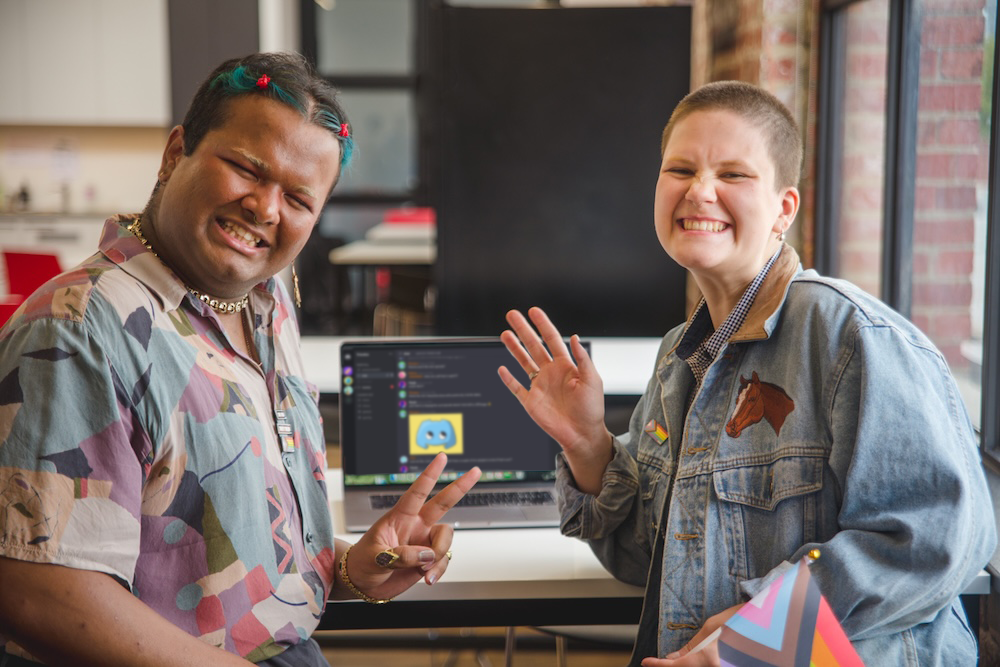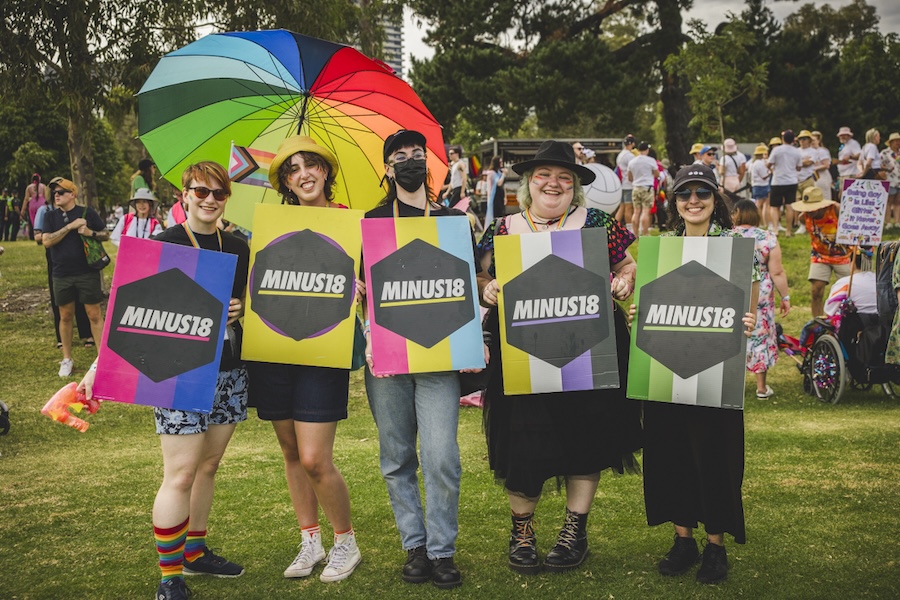
Your guide to socially transitioning
December 25, 2017
Social transitioning or affirming your gender is a way to ‘come out’ and express your gender to other people.
You could socially transition with your appearance, using certain pronouns, changing your name, via your mannerisms, or simply letting people know the gender you identify as. Transitioning is a pretty personal process, and can be as minor or as extensive as you want it to be at any one time.
When you ‘come out’ as trans or gender diverse there’s no rulebook that you need to follow. The main thing is that you’re taking steps to truly be yourself, and there are any number of different ways to do that.
Your pronouns
For me, no matter what I physically look like, when someone uses my correct pronouns it makes a big difference. Pronouns – as you’ve probably heard before – are ‘he’, ‘she’, ‘they’. Personally, I feel most happy and comfortable using they/them pronouns, but I’m also okay with he/him.
There are heaps different types of pronouns that people use, and the most important thing is that you use the ones that YOU feel are the best fit. Testing out different pronouns and seeing what makes you feel most at home is a great way to start.
If you decide you want to change your pronouns, ask others to use your preferred pronoun when addressing or referring to you. People will catch on at different paces, and showing a bit of patience at first will go a long way. But when they do get it right it’s an amazing feeling, and being comfortable in social situations has a big benefit.
Your name
Likewise, many people change their name to complement their change of pronouns. It's completely up to you. It can feel like a fresh start and a way to leave your old identity behind. Whenever I hear someone call me by my correct name it’s really validating.
Having a new name to mark coming out and embracing your gender identity can be hugely empowering, but don’t feel pressured to change your name either! Many trans people choose to keep the same name, or slightly tweak their old one; just do what feels best for you. There’s no reason you can’t change your name later on either.
Your appearance
Changing your appearance is another way you can express and affirm your gender. Things like makeup, the clothes or school uniform you wear, binding your chest, tucking/packing your pants, or the way you do your hair can all help you better express yourself.
We live in a pretty gender stereotype-focused world and there’s no shame in sometimes using that to your advantage in order to help people recognise you as the gender you identify with. That said, if these don’t work for you, then you totally don’t have to adhere to gender binaries or stereotypes. Everything is totally up to you, your appearance doesn’t equal your gender.
Ideally your appearance should just be whatever makes you comfortable!
Using gendered facilities
Using the dressing rooms, toilets and change rooms that you feel comfortable in can sometimes be a bit tricky to navigate. Using the facilities you feel most comfortable AND safe within is a good place to start.
When it comes to toilets and change rooms at school, getting the support of a trusted teacher, wellbeing coordinator or principal is usually needed – and makes the process easier. Safe Schools Coalition Victoria can help you and your school with this process.
Support and networks
One of the very best ways to feel more comfortable with your identity is gaining support and talking to likeminded people. Ask for support, and don’t feel like you have to go through it in silence.
Online networks and Minus18 are two places I found incredibly useful. There’s this huge, lovely queer community online that I learned lots of things about gender from. There are some great groups on Facebook, including the Minus18 Teens group. Seeing others come out is also really motivating and inspiring.
It’s a process
Transitioning is a process, meaning it’s personal and it can take some time.
Go at your own pace – it’s not an all or nothing event that you need to get done all at once. You may decide to express yourself differently in certain social groups, and that’s totally up to you. Nothing will truly validate your identity except for you – not being out, not passing, not hormones, not what anyone says.
Ultimately these things are just tools that can help you feel more comfortable and truly yourself. When and whether you need them is for you to decide.
Related articles

From December 10, big changes are coming for anyone in Australia under 16. Here's how we'll support you to remain connected with your community.

Trans Day of Remembrance is an important opportunity to honour those who have lost their lives to transphobic violence, and take a stand against transphobia.

Labels can be comforting – a way to find people who understand you, and proof that you’re not alone. But it's also okay if you're still figuring it out.

Uncertainty can be beautiful. Being “in-between” labels, between versions of ourselves, is part of life.